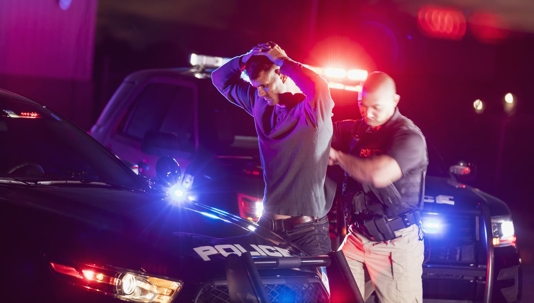When discussing the Fourth Amendment, we mostly think about government searches of our person, home, and vehicle. In fact, most of the Fourth Amendment cases address government searches. However, the Fourth Amendment equally protects persons, houses, papers, and effects against unreasonable seizures.
Not all personal interactions between police officers and citizens involve a seizure of the person. A person can be “seized” under the Fourth Amendment in two separate ways. A seizure occurs when the officer, 1) by application of physical force or 2) show of authority, has in some way restrained the liberty of a citizen.
Any touching, even if extremely slight, is enough to constitute a seizure. Under this approach, a police officer must also have an intent to restrain the person. For example, if, during a routine traffic stop, a police officer places his elbow on the side of a vehicle to brace himself while leaning in to speak with the driver, that is not a seizure because there is no intent to restrain. However, if the police officer grasped the driver’s shoulder to prevent her from reaching into the glove box, then that would be a seizure.
In March 2021, the Supreme Court of the United States clarified in Torres v. Madrid that the application of physical force to the body of a person with intent to restrain is a seizure, even if the force does not succeed in subduing the person. In that case, police officers fired their service weapons at a fleeing suspect, striking her twice with bullets. Although the suspect was able to get away, the application of physical force – i.e., the bullets striking her – were a seizure under the Fourth Amendment.
In the absence of physical force, a seizure can also occur with the show of authority from a police officer. Consensual or voluntary interactions between police and citizens do not trigger Fourth Amendment protection. It is only when the interaction becomes nonconsensual or involuntary – i.e., when a reasonable person would believe that he or she was not free to leave or terminate the encounter – that the Fourth Amendment comes into play. Under this approach, the person must actually submit or yield to that show of authority for it to be a seizure, otherwise it is an attempted seizure that is not subject to Fourth Amendment protection.
The determination of whether a person has been seized for purposes of the Fourth Amendment is a very fact intensive inquiry.

